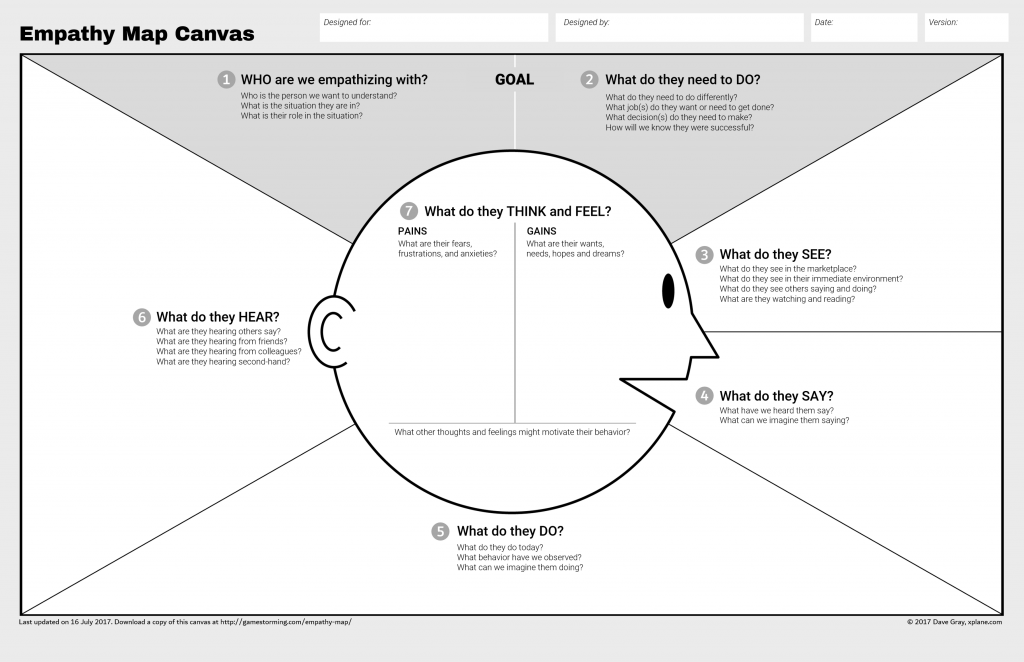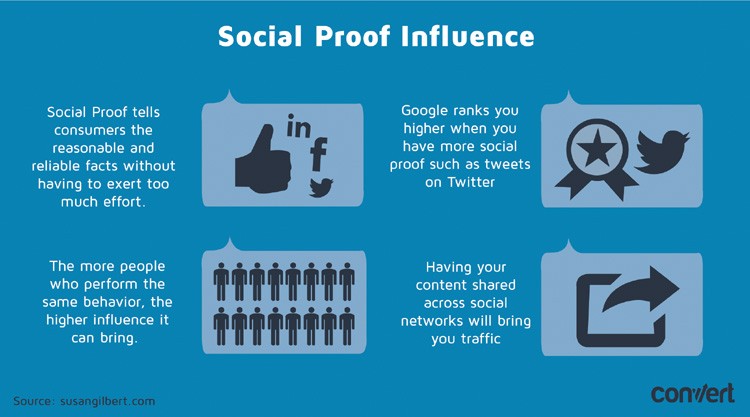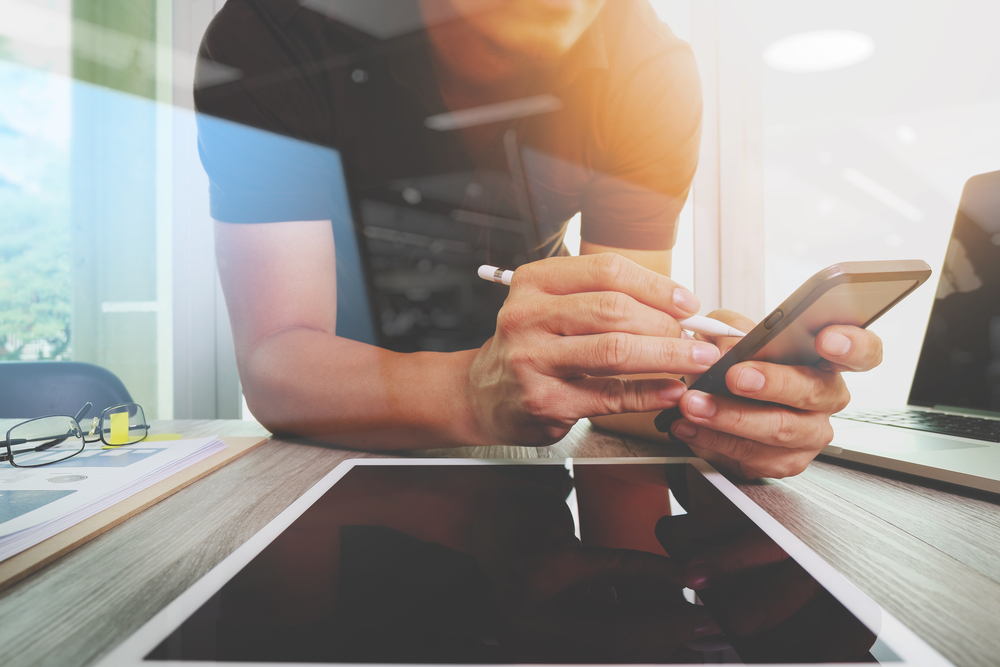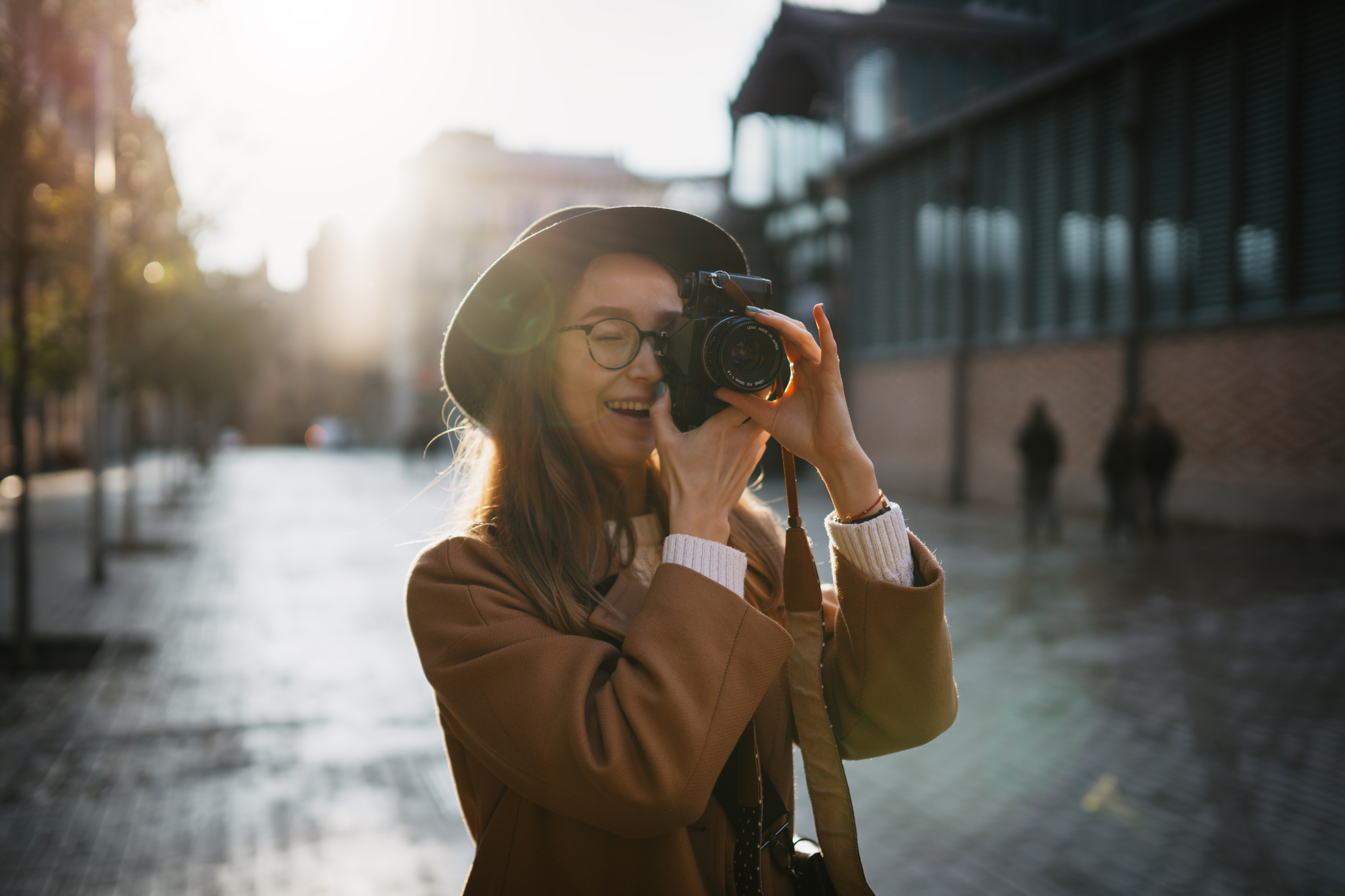Why does graphic design matter?
Did you know that the average person’s attention span has shrunk to only eight seconds? That’s one full second less than a goldfish. Take a second to let that sink in. This makes a marketer’s job all the more difficult for two reasons:
This makes a marketer’s job all the more difficult for two reasons:
- If posts aren’t attention-grabbing, users won’t bother to stop scrolling and see a marketing offer.
- If marketers don’t get their message across quickly enough, users will scroll down to the next post.
Different types of graphics
Graphic design is a catch-all term for various image formats, each with their own best practices and use cases. Here are some examples of how and when different formats are typically used.- Infographics: Sometimes, words fail us when we’re trying to explain processes, such as business workflows. Using images helps readers absorb these steps faster, while also retaining their attention for longer periods. The key challenge that graphic designers face with infographics is laying everything out, while still ensuring that it doesn’t become overwhelming.
- Product Flyers: Retail or distribution businesses measure their success through product sales. Flyers help them convey the benefits of their items with product photos, visual effects, shapes, and fonts.
- Branding Posts: Branding posts can be the most challenging. These usually have nothing to do with ongoing promotions. They are relatively lighthearted and portray the client’s company positively. Examples of branding posts include greetings during the holidays or announcements related to current events.
- Promotional Images: Seasonal sales, product launches, and giveaways are bound to excite consumers. This is even more true when those announcements are conveyed through scroll-stopping images on Facebook, Instagram, and other social channels.
- GIFs and Motion Graphics: Why settle for still images when you can opt to use moving graphics instead? Besides, being more attention-grabbing, they’re more efficient in respect to time. This means you can pack a lot more information into those few seconds or minutes.
The 5 characteristics of an effective design business
A successful graphic design firm should convey several attributes. These include:- Identity: Knowing its strengths, weaknesses, and signature look will help guide a design firm toward ideal clients.
- Consistency: What separates good design businesses from great ones is their ability to replicate great results. This is, in large, what clients are paying for.
- Creativity: Despite maintaining a particular style, a design firm also shouldn’t be afraid to push the limits of its abilities and experiment with new ways of doing things.
- Eagerness to Learn: Continuing to learn new things is the only way to stay relevant in this ever-changing industry.
- Empathy: Knowing how to say or portray ideas has a lot to do with trends. Empathy is all about being mindful of what your target audience is going through and experiencing day-to-day.

How to start your design business
It’s important to temper your expectations. Even though graphic design is more in-demand than ever, starting your own design business might not result in overnight success. With that in mind, here are some suggestions to make the process a whole lot easier for you.1. Register your business
Back in the day, you had to spend thousands of dollars to form an LLC. Today, you can get it done remotely for just a few hundred bucks. Here are some of the first steps involved:- Name your business.
- Choose a state to incorporate in.
- Register your website and email domains.
- Choose a Registered Agent service, like LegalZoom, Incfile, or Rocket Lawyer.
- File your Articles of Organization.
- Apply for an Employer Identification Number (EIN).
- Open a business bank account.
2. Pick a niche
With so many businesses in need of premium graphics, it’s a good idea to narrow your focus to one target market. Here are three things to keep in mind when evaluating a niche:- Supply and demand: Are there enough businesses in this niche to give you a steady supply of jobs? How many designers are already servicing this niche? The less competition, the better.
- Personal interests: Consider your past experiences, passions, and the brands you gravitate toward.
- Purchasing power: Can your ideal customers afford your service? Even if you consider this to be your hobby, starting a business means that you need to keep the lights on.

3. Specialize in a deliverable
Similar to how choosing the right target market will increase your chance of success, selecting one specialty will further improve your odds. At first glance, you might feel that this restricts your creativity, but it actually helps you create a stronger name and charge higher prices. Your Unique Selling Proposition (USP) is the one thing you can do better than your competitors. As you can see, being great at one thing, at least in the beginning, will define your USP — particularly if you’re in a competitive niche. Do you want to know a little secret about specialization? Specialization is simply a promotional tool that you use to lure in your ideal persona. But it doesn’t actually stop you from taking on other kinds of work. You simply don’t advertise those extracurricular services.4. Build your graphic design portfolio
Once you’ve settled on a target market and specialization (maybe even a signature look), you can move on to building credibility through a portfolio. Your portfolio is a collection of your previous (and best) work, functioning much like a resume. Presenting this to prospects will show them what kind of style and quality they can expect once they hire you. Aside from that, it’s also meant to prove your worth and justify your price. When building a collection of your best works, you should always highlight your USP.5. Build a team and start delegating tasks
If you’re fielding tons of inquiries while simultaneously preparing for upcoming pitches, that’s a sure-fire sign that you need to start hiring or outsourcing for certain responsibilities within your business. The sooner you realize that you don’t need to do it all alone, the faster your business will grow. Building a team is all about maintaining quality. Hire people who share your design background,innovate, and add their own personal touches. Now, deciding on how many people to hire is entirely up to your available resources. Keep your payroll budget and the time you can invest into training in mind. A team of five designers can typically take on 10-12 accounts. How quickly you want to grow your business should also be taken into consideration. It’s never a good idea to sacrifice quality just to earn a quick buck.6. Collect social proof
After every successfully completed project, make sure to ask for client feedback. This serves as a barometer for the level of service you provide (and where you’re lacking). In addition to this, having glowing five-star reviews will prove your reliability to prospects. You can take this a step further by turning those positive reviews into promotional materials on social media pages. When it comes to promotional posts, though, try not to overdo it. To avoid coming off as a hard-sell, only sprinkle ads in between a regular supply of educational and entertaining content.











